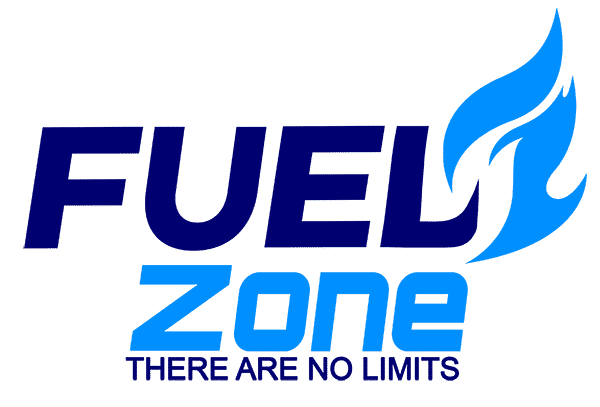South Africa’s fuel supply chain is a complex network that ensures the consistent delivery of petrol, diesel, and other petroleum products from refineries to consumers across the country. This process is critical for the economy, powering industries, transport, and households. In this blog, we will explore the history of fuel distribution in South Africa, the key players involved, infrastructure challenges, and the role of government policies and levies in shaping the system.
A Brief History of Fuel Distribution
Fuel distribution in South Africa has evolved significantly over the decades. During the early 20th century, the country relied heavily on imported crude oil and refined products. Refineries were established in the mid-20th century to reduce dependence on imports. A significant turning point came during the apartheid era when international sanctions forced the country to innovate. Sasol pioneered the production of synthetic fuels derived from coal and natural gas, ensuring energy security despite global isolation.
Post-apartheid, South Africa integrated into global markets, but the legacy of synthetic fuels remains a cornerstone of the industry. Today, the country operates a mix of refineries and imports refined products to meet growing demand. Major ports like Durban and Cape Town play vital roles in importing crude oil and distributing refined products inland.
Key Players in the Supply Chain
The fuel supply chain in South Africa involves several stakeholders:
- Refineries: South Africa’s main refineries include Sapref (Shell and BP), Enref (Engen), and Sasol’s Secunda facility. These refineries process crude oil and produce a range of petroleum products.
- Distributors: Major oil companies like Shell, BP, TotalEnergies, and Chevron oversee distribution networks that transport fuel from refineries to depots and retail outlets.
- Retailers: Fuel stations are the final point of sale, providing consumers with petrol, diesel, and paraffin. Retailers include large oil companies and independent operators.
- Pipeline Operators: Transnet’s pipeline division manages critical infrastructure, transporting fuel from coastal refineries to inland markets like Gauteng.
Each player contributes to maintaining a steady fuel supply despite market fluctuations and logistical challenges.
Infrastructure Challenges
South Africa’s fuel infrastructure is a mix of legacy systems and modern upgrades. However, the sector faces several challenges:
- Aging Infrastructure: Many pipelines and storage facilities were built decades ago and require modernization. Aging systems increase maintenance costs and risk disruptions in the supply chain.
- Limited Storage Capacity: Inadequate storage facilities can lead to supply bottlenecks, especially during peak demand or global supply disruptions.
- Geographical Constraints: Transporting fuel to remote areas remains a logistical challenge. The reliance on road and rail for distribution adds costs and complexity.
- Theft and Sabotage: Fuel theft from pipelines is a growing concern, leading to financial losses and environmental hazards. Enhanced security measures are needed to address this issue.
Despite these challenges, ongoing investments in infrastructure upgrades and technological innovations aim to improve efficiency and resilience.
The Role of Government Policies and Levies
Government policies and levies significantly shape South Africa’s fuel supply chain. The Basic Fuel Price (BFP) system, introduced to align local prices with international markets, ensures transparency in pricing. It considers factors such as:
- International crude oil prices.
- Refining and shipping costs.
- Exchange rate fluctuations.
Levies play a dual role in funding public initiatives and influencing consumer behavior. Key levies include:
- General Fuel Levy: A significant source of government revenue used for infrastructure and social programs.
- Road Accident Fund (RAF) Levy: Designed to compensate victims of road accidents, though the fund has faced criticism for inefficiencies.
- Environmental Levies: These aim to reduce carbon emissions and encourage the adoption of cleaner fuels.
While these policies support national priorities, they also contribute to higher fuel prices, sparking debates about their fairness and economic impact.
Conclusion
South Africa’s fuel supply chain is a critical component of its economy, enabling mobility and supporting various industries. While the system has made strides in efficiency and innovation, it continues to face infrastructure challenges, theft, and the pressures of global market dynamics. By addressing these issues and leveraging technological advancements, South Africa can enhance the resilience and sustainability of its fuel supply chain.
For more insights into South Africa’s fuel industry, visit FuelZoneSA.
